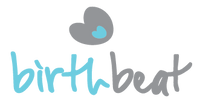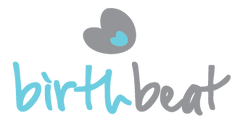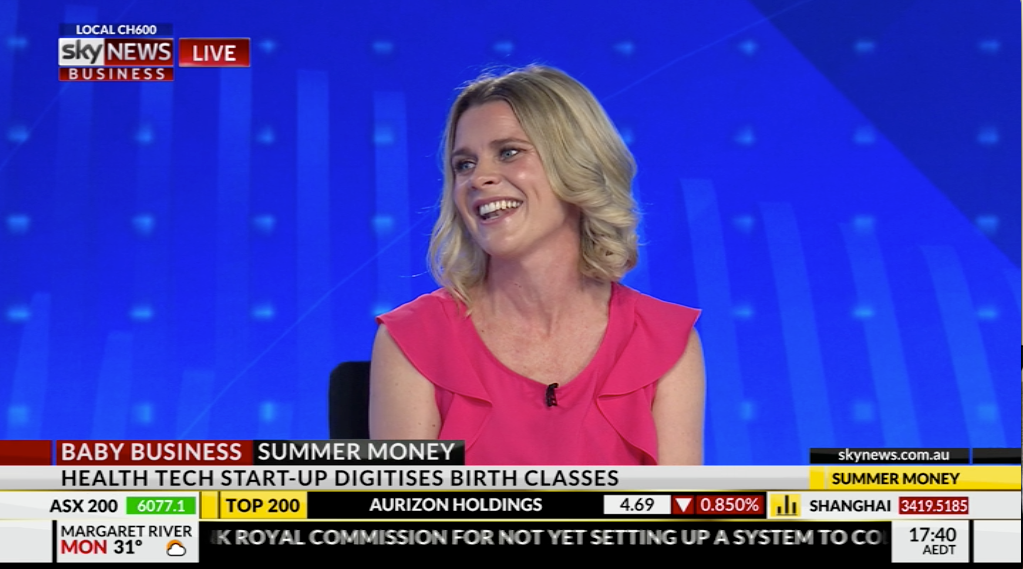Breastfeeding 101 with Birth Beat
You may have also heard the saying ‘breast is best’. Though, while breastfeeding is incredible, it’s important to remember that fed is best. If you can’t breastfeed or chose not to for whatever reason, you’re no less of a mother and certainly not a failure.
However, if you are planning to breastfeed your baby and want to get a head start, we’ve pulled together a Breastfeeding 101 so you can understand the terms, how you can prepare and what you need to know once baby arrives.
Your body is incredible
If growing a baby makes you appreciate just how incredible your body truly is, once you learn all about breastfeeding, you’ll be even more blown away! Our bodies know exactly how much milk to produce to meet our bubs needs, responding to how often they’re feeding to produce the perfect amount of milk. The milk changes throughout single feeds, at different times of the day and overtime to meet bub’s exact nutritional requirements. Milk can even change when they’re sick to give them the boost they need to get better. It truly is magical stuff!
We have an entire breastfeeding module inside The Ultimate Birth Course. This covers everything you need to know about breastfeeding plus step by step instructions on hand-expressing, proper attachment and feeding holds.
However, as a handy starting point, here is a breakdown of the three key breastfeeding stages.
Prenatal/ Antenatal breastfeeding
Before your baby is even born, your breasts are gearing up for breastfeeding and producing milk. More specifically they’re producing colostrum, which is sometimes referred to as liquid gold. Colostrum is full of antibodies which play an essential role in your baby’s health and immune system from birth.
By hand expressing before bub is born (after 37 weeks gestation) you can help to stimulate the production of colostrum. You can even collect the colostrum in small syringes and freeze it, having it ready once bub is born.
Inside the Breastfeeding module in our online program, you can watch an instruction video on how to best hand express colostrum. Once you get the hang of it, you’ll get more and more confident about your breast’s incredible ability to produce exactly what bub needs! And, you’ll feel more prepared should you need to hand express after baby is born.
Breastfeeding at birth
Your baby is born with all the inbuilt knowledge they need to find and attach to the breast. The best way to encourage this natural behaviour is to get skin-to-skin contact with your bub immediately, or as soon as possible after your birth. You may hear people talk about the ‘golden hour’. This refers to the hour following birth as being super important for bonding between you and bub and for kickstarting the breastfeeding journey.
Your baby’s senses are finely tuned to help them locate your breast. They’ve been preparing for this moment in the womb, sucking their thumb and fists while also practising swallowing amniotic fluid. Interestingly, the areola area on your breasts produce an oil-like substance that smells like amniotic fluid to your baby, which helps them find the nipple. That’s why it’s super important to avoid washing your chest and breast area with any soaps or body wash for those first few days, try and just stick with water if you can.
While breastfeeding is a completely natural process, it still is a skill that your baby will need to learn and master. Have patience with them and the process, they’re new to this just as you are!
It’s also important to keep in mind that the type of birth you have may impact on the start of your breastfeeding journey. Interventions such as inductions or medicated pain relief, epidurals and C-sections can alter the natural process for you and bub. What’s important to remember is that it is completely possible and achievable to still breastfeed should you chose or end up requiring any of these interventions. However, you may need a little additional support and guidance in those early days and weeks.
Never be afraid to ask for help. Let your caregivers know if you’re feeling unsure about anything at all, overwhelmed by the process or feel like you need a bit of extra advice. In addition to your midwife and/or doctors, there are plenty of other resources. These include private lactation consultants as well as helplines such as the Australian Breastfeeding Association’s Breastfeeding Mum Hotline.
Postnatal Breastfeeding
Once you get through the first few initial feeds, you and bub will start to get into a natural rhythm for feeding. Learning how to breastfeed isn’t just for bub though, it’s a learning curve for you too!
There are several different positions that you can breastfeed in, and some are better for newborns than others. What’s important to remember here is that it can take a bit of experimentation to find what is most comfortable and what helps bub get an optimal attachment.
Your comfort while breastfeeding is paramount. Breastfeeding a baby for 12 months has been likened to the equivalent of working a full-time job for 12 months – you will end up spending a lot of hours feeding! If you’re in a bad position or uncomfortable, this can very quickly lead to the incorrect attachment for bub as well as a sore neck, back and shoulders for you.
Don’t forget…
Like all things to do with birth and babies, every mum and every baby is different. Breastfeeding your baby is the most beautiful and natural thing in the world, but that doesn’t necessarily mean that it comes easily or without hurdles. By arming yourself with knowledge ahead of time and feeling prepared with breastfeeding basics before bub arrives, you’ll have given yourself a head start on what will hopefully be the beginning of a long and healthy breastfeeding journey.
We cover all things breastfeeding inside the Ultimate Online Prenatal Program with three, super easy to watch, instructional videos. I can’t tell you how many Birth Beat Mumma’s have told me that they’ve watched and re-watched these videos even after bub is born, they really are an awesome resource!




